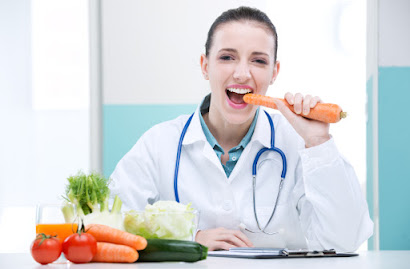Collective Diets For clinical purposes Part 4 ( Atkins Diet and Ketogenic Diet ):-
Atkins diet:-
•The Atkins diet is a low-carb diet, usually recommended for weight loss.
•Proponents of this diet claim that you can lose weight while eating as much protein and fat as you want, as long as you avoid foods high in carbs.
https://www.highrevenuegate.com/uu5t2z2r7?key=e9e67cc70020083d3a36318c65c89b58 The main difference between atkins and keto diet is that you gradually increase your carb intake on Atkins, while it remains very low on the keto diet, allowing your body to stay in ketosis and burn ketones for energy.
The Atkins Diet Is a 4-Phase Plan:-
The Atkins diet is split into 4 different phases:
•Phase 1 (induction): Under 20 grams of carbs per day for 2 weeks.
Eat high-fat, high-protein, with low-carb vegetables like leafy greens.
This kick-starts the weight loss.
•Phase 2 (balancing): Slowly add more nuts, low-carb vegetables
and small amounts of fruit back to your diet.
•Phase 3 (fine-tuning): When you’re very close to your goal weight,
add more carbs to your diet until weight loss slows down.
•Phase 4 (maintenance): Here you can eat as many healthy carbs as
your body can tolerate without regaining weight.
Foods to be avoided:-
•Sugar: Soft drinks, fruit juices, cakes, candy, ice cream, etc.
•The ketogenic diet is a high-fat, adequate-protein, low-carbohydrate diet that in medicine is used primarily to treat difficult-to-control epilepsy in children.
•This reduction in carbohydrate intake helps the body
shift toward a state that promotes the breakdown of fats (from the diet and
your body) to produce ketone bodies and enter a state known as “ketosis.”
•When following a ketogenic diet, your brain, as well as other organs, depends on ketones as an energy source. Ketones are produced in the body once you have reached a state of ketosis and can be measured in the blood and urine to ensure that you stay in ketosis during the keto diet.
Keto Diet:-
Comprises of approximately:
• 10% of calories coming from healthy carbohydrates such as leafy
greens, non-starchy vegetables, and limited amounts of legumes and
berries.
•20% of calories coming from proteins such as omega-3-rich fish and
grass-fed animal protein.
70% of calories coming from high-quality fats such as avocado,
unsaturated and medium-chain triglyceride oils, nuts and seeds, and
coconut.
Good examples of carb keto diet foods:
Good examples of protein keto diet foods:
Chicken,
dark meat if possible
Turkey, dark meat if
possible
Venison
Beef
Salmon
Sardines
Tuna
Shrimp
Pork
Lamb
Eggs
Natural cheeses
Unsweetened, whole milk plain Greek yogurt
Whole milk ricotta cheese
Whole milk cottage cheese.
Good examples of fat keto diet foods:
Foods to be avoided:
AMDR-Acceptable macronutrient distribution range:-














Comments